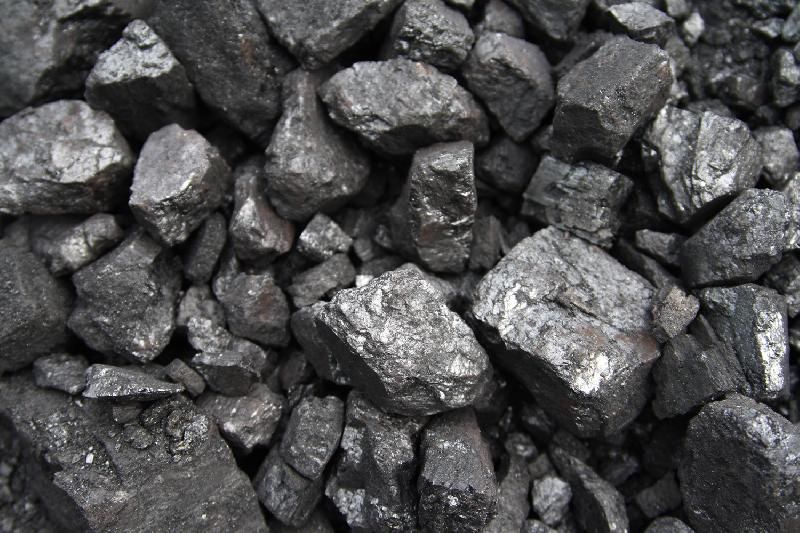Lead Ore
Lead (Pb) is one of the oldest metals known, being one of seven metals used in the ancient world (the others are gold, silver, copper, iron, tin, and mercury). Its low melting point of 327 °C (621 °F), coupled with its easy castability and softness and malleability, make lead and lead alloys especially suitable for a wide range of cast products, including battery grids and terminals, counterweights, plumbing components, and type metal. With a specific gravity of about 11.35 grams per cubic centimeter, lead is the densest of the common metals, except for gold; this makes it a good shield against X-rays and gamma radiation.
Products Gallery

DETAILS
Lead combination of density and softness make it an excellent barrier to sound. Compared with other metals, lead is a poor conductor of heat and electricity, although it has excellent corrosion resistance when it can form an insoluble protective coating on its surface. The metal has a face-centred cubic crystal lattice structure.
Approximately 30 percent of all lead consumed is in the form of lead compounds, such as oxides, tetraethyl and tetramethyllead, lead chromates, sulfates, silicates, and carbonates, and organic compounds. These lead compounds have been used in paste mixtures in storage batteries, in cements, glasses, and ceramics, as pigments in paints, and as an antiknock agent in gasoline.